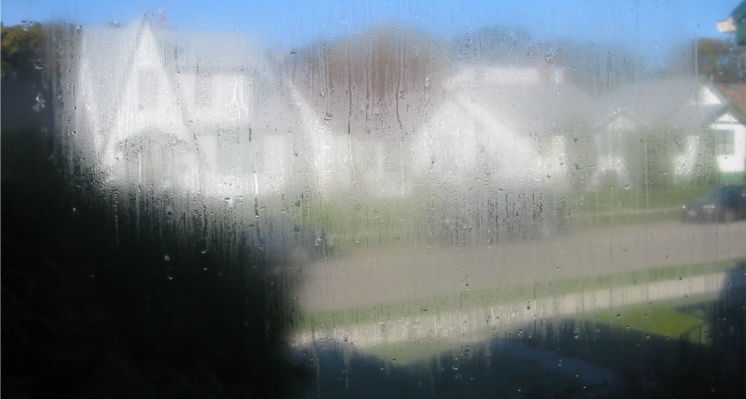
It and some of my other windows of that type had looked like that in the past but this seemed a bit extreme. Some hunting around on the web revealed that people were sometimes managing to dry out multipane windows by drilling holes in them. Most were making 2 holes. I thought it might be interesting to just make one hole and see the results.
The thinking here is that I live in a cold and dry climate that has wide temperature swings. The water vapour might get pumped out by the trapped air expanding and contracting over each day-cycle. After all, that is likely how the water got in there in the first place.
The window is triple-pane and the fogged bit was of course on the other side from the drier environment outside. This meant drilling through two panes. I used this;
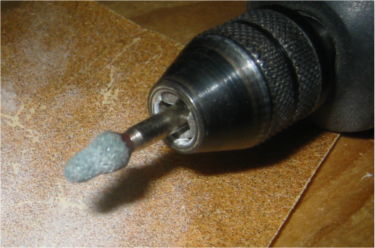
I would not recommend this tool for this application. It grabbed badly when clearing the hole on the outside pane. I did take reasonable precautions but this was still a bit scary with all that breakable heavy glass above the work area. There is some potential for serious injury with this activity. Something like a small diamond core drill would of been better as the hole can be made quite small. Using such a large tool wasted much time.
I used the felt like material from an old floppy disk as the filter. What is needed is something to keep small insects out that will not rot. I used a piece of a plastic pipe end cap as the rain cover. I used clear RTV sealant to hold everything to the window after cleaning the surfaces with alcohol.
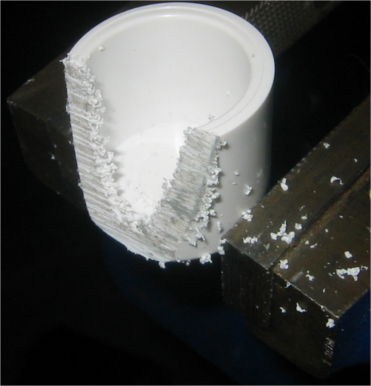
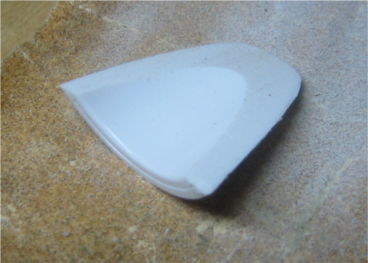
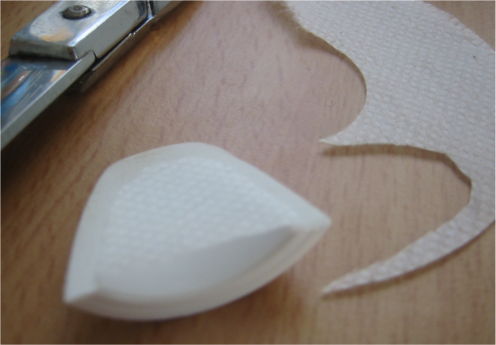

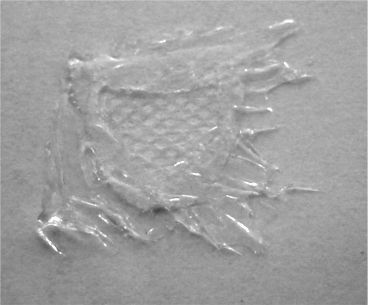
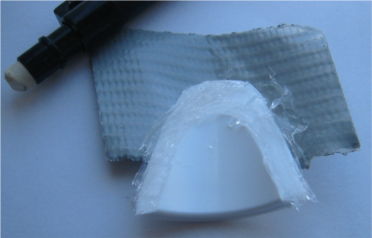

I first put a thin coating of sealant on the edges of the filter. Using the point of a knife I positioned it over the hole. The rain cover then had a thin layer of sealant applied before it was placed on the window. A bit of duct tape held it in place while the sealant dried. Some glass dust ended up between the window panes. I wasted some time with a tube trying to vacuum the dust out. The dust fell to the bottom after the static electricity discharged.
The window took about a month to clear. I was left with very small water droplets that were mostly invisible in the summer. They froze in the winter and are a bit obvious now at 4 months into the experiment;
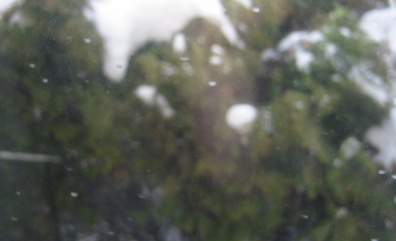
I am happy with the result and have no plan to add a second vent. If I do this again with another window I will put the vent at the top of the window in the centre. This would be better because;
- The vent would be better shielded from rain by the eave and window frame.
- The vent would be out of the reach of curious people.
- Drilling the vent would be safer as the glass would be below the work area.
- The window would defog from the centre top which might look nicer.
posted at: 13:52 | path: /house | permanent link to this entry